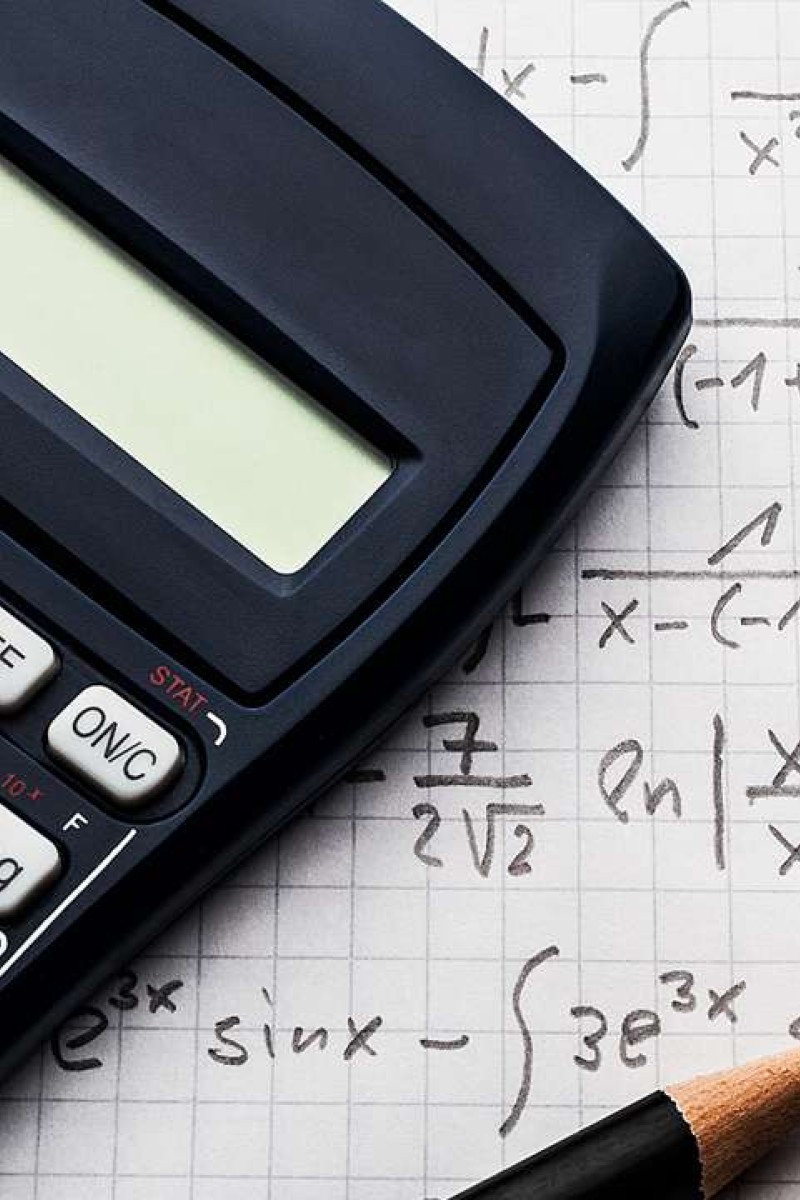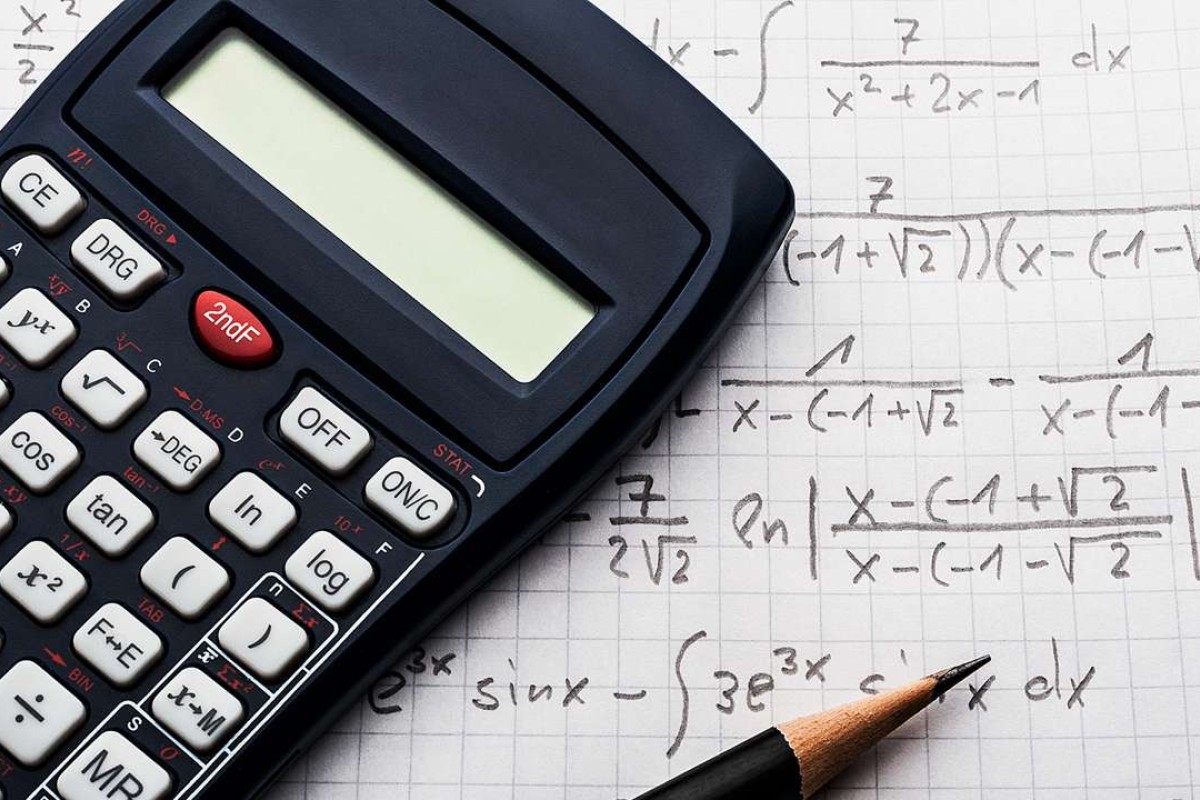
This year’s HKDSE maths paper bore a striking similarity to last year’s exam
Tutors say that the 2017 DSE maths exam was not that much different to last year’s and was, other than a few sections on Paper Two, relatively straightforward
 This year’s exam was similar to last year’s, even if there were some new question types introduced in Paper Two.
This year’s exam was similar to last year’s, even if there were some new question types introduced in Paper Two.Students would not have had any surprises from this year’s DSE maths exam, which was similar to last year’s, students and teachers said. Many of the questions didn’t give students any visual clues.
Dick Hui, a maths tutor from Modern Education, said that many of the questions in Papers One and Two required students to visualise the shapes.
“Candidates needed to have a good understanding of keywords like ‘cone’ or ‘cylinder’,” he said. “If they mixed these keywords up, then they wouldn’t be able to find the correct answers. For instance, Q12 in Paper One Section A2 stated that a prism had melted and had become two pyramids of different sizes. They needed to draw these shapes out before they could find the volume and total surface area of the larger pyramid.”
Hui said this year’s Paper One was fairly straightforward, and cited Q19 – the last and most difficult question – in Section B as an example. “Q19 was about three-dimensional trigonometry, and was worth 13 marks. It required students to find the angle of inclination between two planes, of which only one intersection point was provided. But the question was divided into five sub-questions that actually showed students step-by-step how find the answers,” said Hui.
A Form Six student surnamed Mak agreed that Q19 was easier than last year’s final question as more sub-questions were given. “Each sub-question gave us clues on how to find the solutions,” he said.
But Mak had difficulties answering Q18, which was on quadratic functions. When two lines intersect, there are intersection points. Hui said students needed to find the relation between the intersection points and the sum of root.
One of the trickier parts of the exam included a question on parabola in Section A2, Hui said. “This year the question provides a parabola which intersects with a straight line (y=-19). It tested the understanding of students on concepts such as sum and product of roots.”
Wilson Liu, a tutor from King’s Glory Educational Centre, said this year’s Paper Two was harder compared to last year’s because of some unfamiliar question types. “Q41 asked students about the coordinates of in-centre of a triangle,” he said.
Some questions in Paper Two required students to draw out shapes or diagrams, Liu said. “They needed to know what a parallelogram is in Q20, and then they had to draw the shape out. For the polar coordinates in Q25, if they weren’t able to draw the diagram accurately, then they wouldn’t be able to find the perpendicular distance easily.”
Hui believed students might have taken a lot of time trying to answer these difficult questions which means that they may not have had enough time to finish Paper Two.